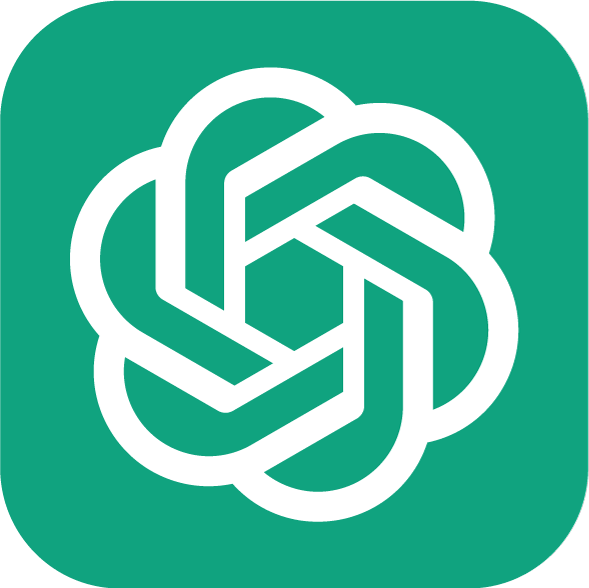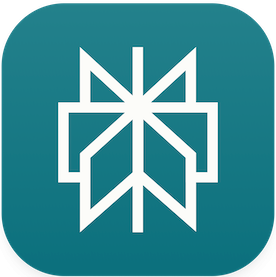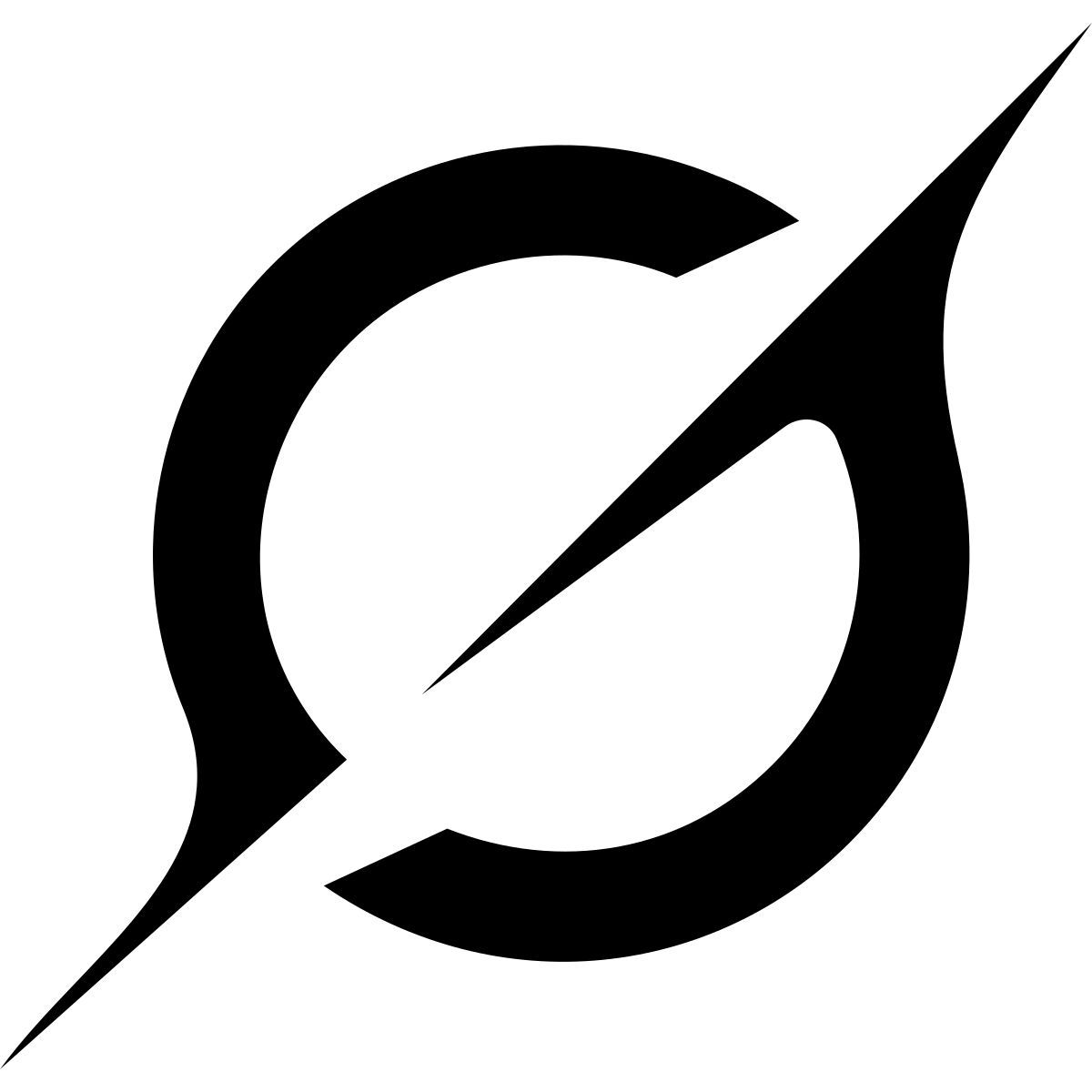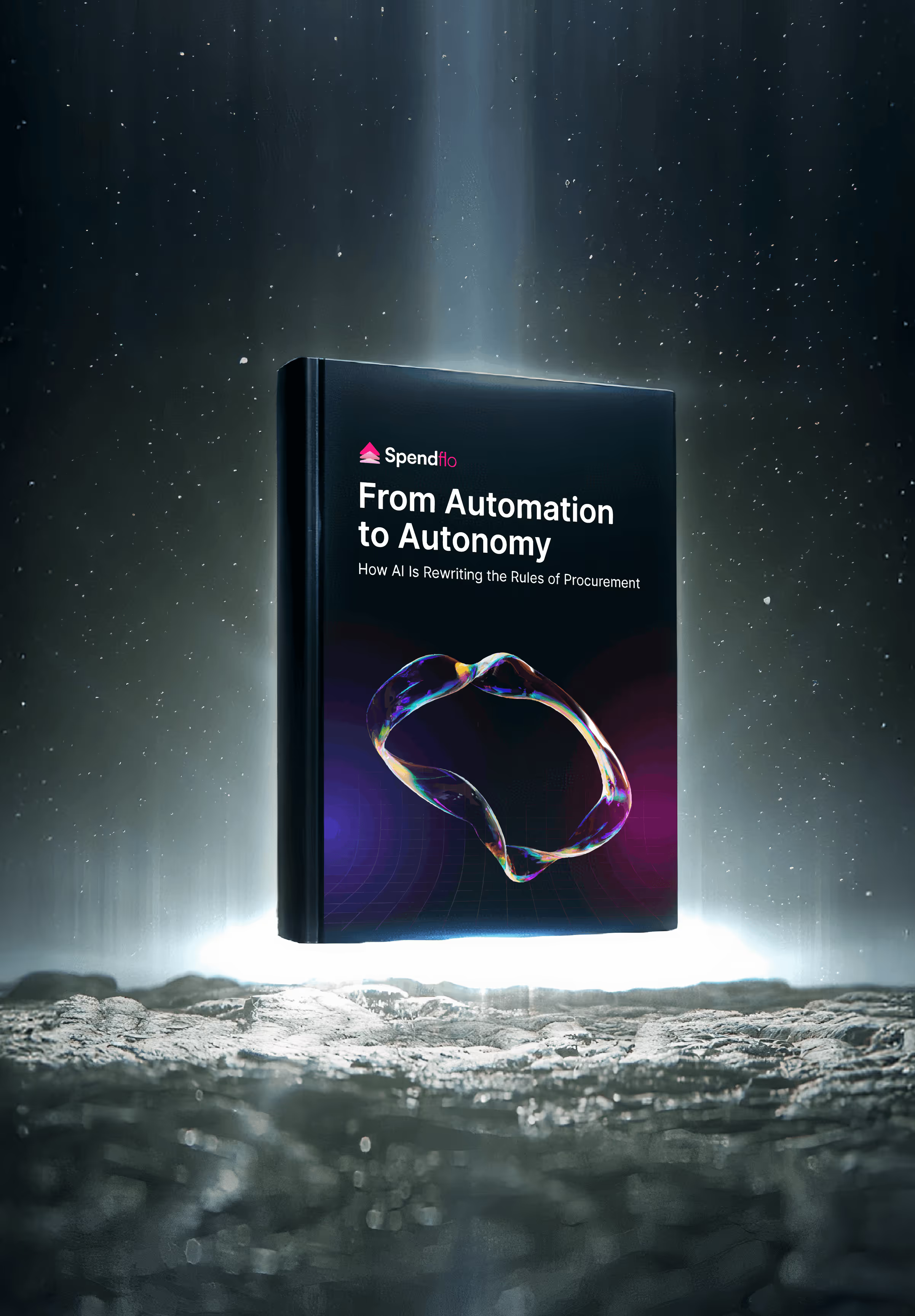

Top eSourcing Tools in 2025: Best 10 eSourcing Software

Top eSourcing Tools in 2025: Best 10 eSourcing Software
Explore the best e-sourcing software in 2025 to streamline procurement, strengthen supplier relationships, and achieve cost efficiency.


Procurement has evolved far beyond manual spreadsheets and back-and-forth emails. Today, organizations are turning to e-sourcing platforms to digitize and streamline sourcing activities, drive cost savings, and enhance supplier collaboration. In an era of data-driven procurement, the right e-sourcing software can transform the way you source vendors, negotiate contracts, and manage compliance.
In this blog, we’ll explore what an e-sourcing platform is and why it plays a key role in modern procurement. Here’s what we’ll cover:
- What is an E-Sourcing Platform?
- Difference Between E-Sourcing and E-Procurement
- Why E-Sourcing Platforms Are Important?
- Key Features to Look for in an E-Sourcing Platform
- Top 15 E-Sourcing Software in 2025
- How to Choose the Right E-Sourcing Software?
- Frequently Asked Questions on E-Sourcing Platforms
What is an E-Sourcing Platform?
An e-sourcing platform is a digital tool that helps procurement teams automate and manage sourcing events like RFIs, RFPs, RFQs, supplier onboarding, and bid evaluations. These platforms enhance strategic sourcing by centralizing data, improving supplier visibility, and supporting more informed decision-making.
Modern e-sourcing platforms serve as the foundation for efficient, compliant, and cost-effective procurement processes.
Difference Between E-Sourcing and E-Procurement
While both e-sourcing and e-procurement are essential parts of the digital procurement process, they serve different purposes. Understanding the distinction helps teams optimize each stage of the procurement lifecycle.
Why E-Sourcing Platforms Are Important
E-sourcing platforms play a key role in modern procurement strategies. They reduce manual workloads, help drive cost savings, and enable better supplier decisions.
Here are the reasons why e-sourcing platforms are important for today’s procurement teams:
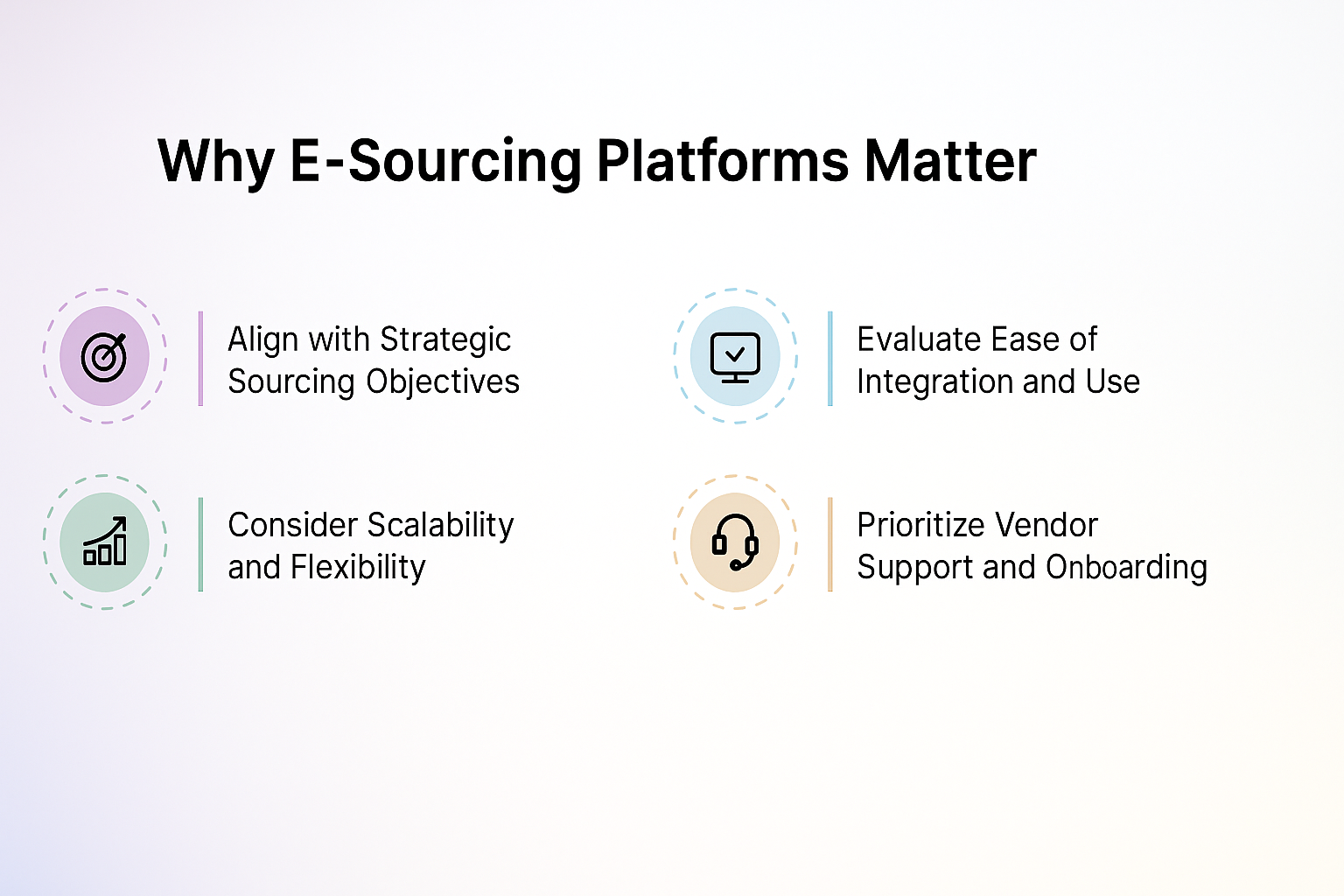
Drive Cost Efficiency in Procurement: Automated bidding, centralized vendor data, and real-time price comparisons help procurement teams secure better deals. E-sourcing tools eliminate overspending and reduce the risk of invoice mismatches or duplicate purchases.
Enable Data-Driven Decision Making: With features like spend analytics, supplier scoring, and performance tracking, teams can make a more smarter sourcing decisions backed by accurate data. These tools also enable procurement optimization over time.
Improve Supplier Collaboration and Transparency: E-sourcing software provides a centralized space where suppliers and buyers can communicate, clarify requirements, and track progress. This improves trust, reduces delays, and strengthens supplier relationships.
Streamline the Procurement Lifecycle: From issuing RFQs to contract signing and performance reviews, e-sourcing platforms automate repetitive tasks and unify the entire sourcing journey. This leads to faster turnaround and improved procurement efficiency.
Top 15 E-Sourcing Software in 2025
Here are the top e-sourcing tools leading the procurement space in 2025. These platforms help streamline sourcing events, improve supplier collaboration, and drive cost efficiency.
1. Spendflo
Spendflo is a SaaS sourcing and procurement platform built for fast-growing businesses. It combines vendor negotiation, renewal tracking, and spend visibility into one system to help teams save on software costs and eliminate procurement chaos.
Key Features: Automated renewal management, embedded procurement support, contract tracking, shadow IT detection, and vendor benchmarking.
What Sets It Apart:
- Dedicated team to manage sourcing, negotiation, and renewals
- Access to pricing benchmarks, tool alternatives, and market insights
- Detects redundant tools and flags non-compliant software usage
- Tracks contract data and automates renewal reminders
- Integrates with Slack and email for easy procurement management
Best For: Companies looking to streamline SaaS procurement with minimal internal lift.
2. Coupa
Comprehensive spend management platform with advanced e-sourcing and deep analytics capabilities.
Key Features: Real-time bidding, supplier collaboration, built-in compliance controls, and deep analytics dashboards.
Best For: Large enterprises seeking an end-to-end procurement and sourcing solution.
3. SAP Ariba
Globally trusted sourcing tool with strong ERP integration and supplier network access.
Key Features: RFI/RFP management, supplier onboarding, automated workflows, and global supplier discovery.
Best For: Enterprises using SAP systems for procurement and finance.
4. GEP SMART
AI-powered source-to-pay platform supporting strategic sourcing and supplier performance tracking.
Key Features: Guided sourcing, spend analysis, supplier performance tracking, and contract lifecycle tools.
Best For: Enterprises looking for a single platform to manage sourcing, procurement, and analytics.
5. Jaggaer
Enterprise-grade solution for regulated industries with advanced bid evaluation and scenario analysis.
Key Features: Scenario analysis, supplier evaluations, customizable sourcing templates, and risk tracking.
Best For: Organizations in regulated industries with complex sourcing needs.
6. Zycus
Smart sourcing platform with AI-driven automation and contract lifecycle management.
Key Features: Auto-scoring of bids, contract lifecycle automation, supplier dashboards, and guided sourcing workflows.
Best For: Companies wanting smart sourcing tools with built-in contract management.
7. Ivalua
Highly customizable platform supporting complex sourcing workflows and deep supplier insights.
Key Features: Modular architecture, supplier risk management, configurable RFx templates, and robust audit trails.
Best For: Large organizations with complex sourcing processes and customization needs.
8. SynerTrade
Fast, transparent e-sourcing platform with strong analytics and reverse auction capabilities.
Key Features: eRFx automation, reverse auctions, contract compliance, and spend intelligence modules.
Best For: Mid-to-large companies wanting fast deployment and strong analytics.
9. Scanmarket
User-friendly sourcing tool known for streamlined reverse auctions and easy supplier comparisons.
Key Features: Reverse auctions, supplier scorecards, contract repository, and KPI tracking.
Best For: Organizations seeking a user-friendly sourcing platform with robust auction tools.
10. Market Dojo
Affordable, self-service e-sourcing software ideal for SMBs and quick sourcing events.
Key Features: Quick RFx creation, reverse auctions, supplier engagement tracking, and pay-as-you-go pricing.
Best For: Small to mid-sized businesses and teams with limited sourcing resources.
11. Procurify
Spend control and procurement platform with basic sourcing and real-time budget visibility.
Key Features: Purchase request automation, vendor management, budget tracking, and real-time approvals.
Best For: Growing companies seeking simple sourcing combined with spend management.
12. Bonfire
Compliance-focused sourcing tool tailored for public sector and regulated industries.
Key Features: Evaluation scoring matrix, audit logs, supplier portals, and stakeholder collaboration tools.
Best For: Government agencies and public institutions with strict sourcing transparency requirements.
13. Fairmarkit
AI-powered platform for automating tail-spend sourcing and low-value procurement.
Key Features: AI-driven vendor recommendations, RFQ automation, integration with existing ERP/P2P systems.
Best For: Enterprises looking to control tail-spend and automate tactical sourcing.
14. Keelvar
Optimization-led sourcing tool designed for complex categories like logistics and packaging.
Key Features: Sourcing automation bots, scenario-based bid analysis, category-specific templates, and advanced optimization.
Best For: Enterprises managing complex categories across multiple geographies.
15. Vendorful
Simple, modern platform for running RFPs and reverse auctions with minimal setup.
Key Features: Drag-and-drop RFP builder, side-by-side bid comparison, supplier messaging, and e-signatures.
Best For: Mid-sized businesses looking for quick-to-deploy e-sourcing without unnecessary complexity.
How to Choose the Right E-Sourcing Software
With so many options, choosing the right platform depends on your procurement goals, team structure, and digital maturity.
Here’s what to consider:

Align with Strategic Sourcing Objectives
Ensure the platform supports your sourcing goals - whether that’s cost savings, supplier diversity, or centralized procurement. Look for tools that offer data-driven sourcing aligned with your objectives.
Evaluate Ease of Integration and Use
Make sure the platform integrates well with your ERP, finance, and inventory tools. User-friendly interfaces and easy onboarding reduce friction and boost adoption across teams.
Consider Scalability and Flexibility
Your procurement needs may grow or change. Choose a platform that scales with your organization and can handle increasing sourcing complexity or geographic expansion.
Prioritize Vendor Support and Onboarding
Look beyond product features. A reliable support team, onboarding assistance, and helpful training resources make a big difference in your long-term success with the tool.
Frequently Asked Questions on E-Sourcing Platforms
What are the benefits of using e-sourcing software?
E-sourcing software helps reduce procurement costs, increase process efficiency, improve supplier visibility, and enhance compliance. It also reduces manual work and offers real-time insights into sourcing performance.
They also come with built-in compliance tools to ensure sourcing activities align with internal policies and regulatory standards.
How is e-sourcing different from e-procurement?
E-sourcing focuses on supplier selection and bidding (RFI, RFP, RFQ), while e-procurement covers the full purchasing cycle, including order placement, invoicing, and payment. E-sourcing is a subset of e-procurement.
E-procurement focuses more on post-award activities like order placement, invoicing, and the validation process for payments and deliveries.
What types of sourcing processes are supported by e-sourcing tools?
E-sourcing platforms support strategic sourcing, spot buying, reverse auctions, multi-round RFQs, supplier onboarding, and contract negotiations across different categories and vendors.
These tools support various sourcing events including Requests for Proposals (RFPs), Requests for Quotes (RFQs), and reverse auctions.
Can e-sourcing software help reduce shadow IT in procurement?
Yes. By centralizing vendor engagement and approvals, e-sourcing tools prevent unauthorized software or services from being procured outside approved channels - reducing shadow IT risks.
Some platforms also offer document extraction from emails or uploaded contracts, making it easier to centralize and track all software usage.
How does e-sourcing software support supplier relationship management?
E-sourcing platforms offer supplier scorecards, performance metrics, and communication tools that help build trust and transparency. These insights support continuous improvement and long-term collaboration.
By offering real-time collaboration and transparent scoring, these tools help strengthen vendor relationships and foster long-term trust.
Why invest in e-sourcing software?
Investing in e-sourcing software helps organizations streamline sourcing processes, reduce costs, and make data-driven supplier decisions. It eliminates manual inefficiencies, increases transparency, and enables better collaboration with vendors.
Over time, it leads to stronger supplier relationships, improved compliance, and higher procurement ROI.










.png)




.png)




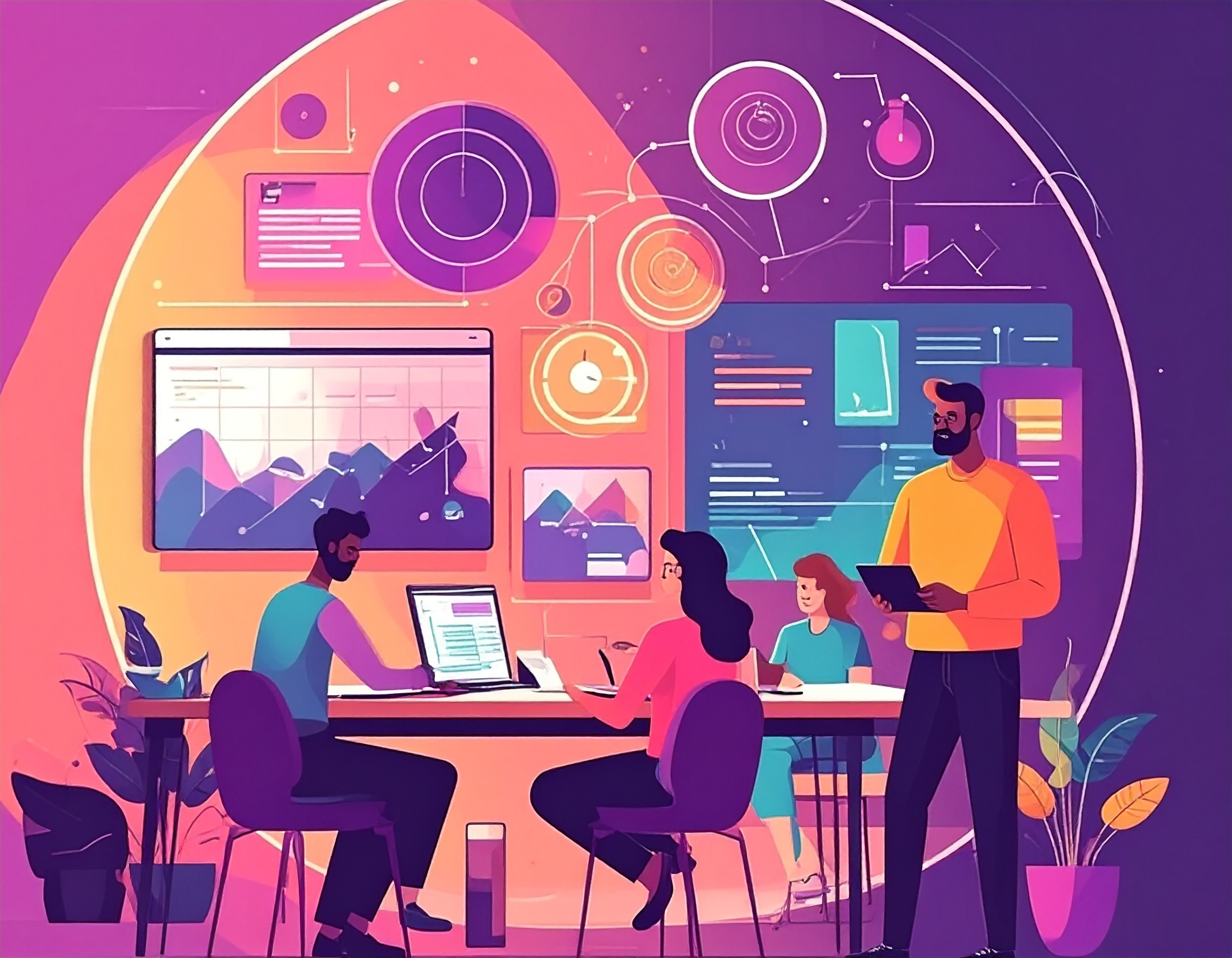





.avif)



